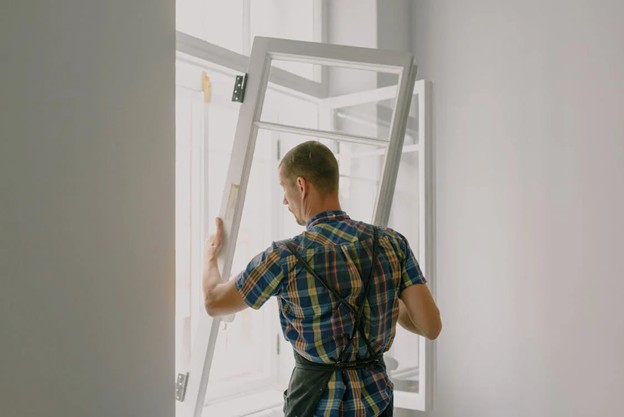When managing rentals, renovations often feel chaotic. Logistics pile up, and legal details demand attention. Rental income pauses until the work is done. Hidden structural or electrical problems can stretch the budget, and it’s hard to know how long it will take to earn back the renovation costs, or if the rent will even rise enough to make it worthwhile.
Then there’s contractors to deal with. Some are not very transparent in their invoices. Billed amounts sometimes won’t tally with the actual work done. And if delays in payment happen, the project stalls, meaning more time without monthly rent for the landlord. Nothing is more nerve-wracking than handling contractor billing manually.
Enter software designed specifically to streamline billing and financial workflows. Read along to see how efficient contractor billing tools make managing renos for rental property a breeze.
Common Billing Pitfalls in Rental Renovations
Money moves fast during a renovation, yet mistakes in billing slow everything down. Most issues start with unclear scopes or inconsistent recordkeeping. It’s like when you pay for a meal but the receipt lists dishes you never ordered. These mix-ups create tension and delays.
Common pitfalls include:
- Vague or incomplete contractor quotes
- Manual invoice tracking with missing entries
- Unapproved change orders slipping through
- Payment terms not clearly defined
- Inconsistent communication on project progress
Each problem chips away at profit. Fixing them means using consistent documentation, shared visibility, and accurate cost tracking from the start.
Why Delayed Contractor Payments Drain Profit
Every day a payment sits pending, renovation momentum weakens. Contractors hold back labor or materials until funds clear. That pause spreads across schedules, extending the vacancy period and shrinking returns.
It’s like a slow leak in a water tank, barely visible yet costly over time. Prompt billing systems close that gap to keep contractors motivated and rent-ready timelines intact.
The Role of Digital Invoicing in Project Transparency
Modern renovation work benefits when everyone sees the same numbers. Digital invoicing clears the fog that manual spreadsheets often create. Property managers no longer guess which cost belongs where or wait for unclear totals. Each material, labor hour, and adjustment is recorded and shared in real time.
Tools like Joist bring that clarity to the table. The general contracting invoicing software reduces billing delays, accelerates cash flow, and trims administrative overhead while keeping every stakeholder aligned.
How Automated Billing Shortens Renovation Timelines
Renovations to boost rental income do not have to be expensive, nor do they have to take a lifetime.
But projects move faster when payment systems stay organized. Automation removes waiting time for approvals, misplaced receipts, and double entries. Contractors get paid sooner, so work continues without pause.
When invoices sync automatically with progress reports, both sides see updates instantly. That keeps renovation goals on track and downtime minimal.
Integrating Billing Tools with Property Management Systems
Smooth coordination between finance and operations keeps renovations predictable. When billing software connects with platforms like Buildium or AppFolio, data updates automatically across both ends. Contractors submit invoices, and property managers see costs appear in real time.
This eliminates mismatched figures and delayed reconciliations. Integrated systems turn payment tracking into a single, reliable process. In result, financial oversight stays tight and renovation management far less stressful.
Tracking Expenses to Protect Cash Flow
Renovation budgets can shift quickly. And without careful tracking, costs spiral before anyone notices. Contractor billing tools simplify this by recording every transaction in one place.
The right approach keeps finances predictable and transparent.
Some practical tips:
- Set cost categories before work begins
- Match each invoice to a task or material
- Review payment logs weekly
- Use mobile access for instant expense updates
With consistency, budgets remain stable and cash flow strong.
Real Examples of Smarter Contractor Billing in Action
Real progress shows in how property managers simplify their day-to-day work.
In Canada, the 2023 HomeStars report highlighted contractors using Joist to handle renovation invoicing. Administrative work dropped by more than half, while landlords gained clearer project documentation and quicker payments. Billing disputes became rare, and scheduling delays declined noticeably.
In the United States, BuildOps reported in 2024 that mid-sized property managers reduced invoice reconciliation time significantly. The result was smoother cash tracking, faster project turnover, and improved renovation planning across multifamily portfolios.
Wrap-Up
Efficient billing transforms renovation management into a predictable process. Clear financial tracking protects margins and keeps projects moving. When payments flow smoothly, property managers gain control over costs and time. And that’s assurance that every renovation supports stronger returns and steadier rental growth.










